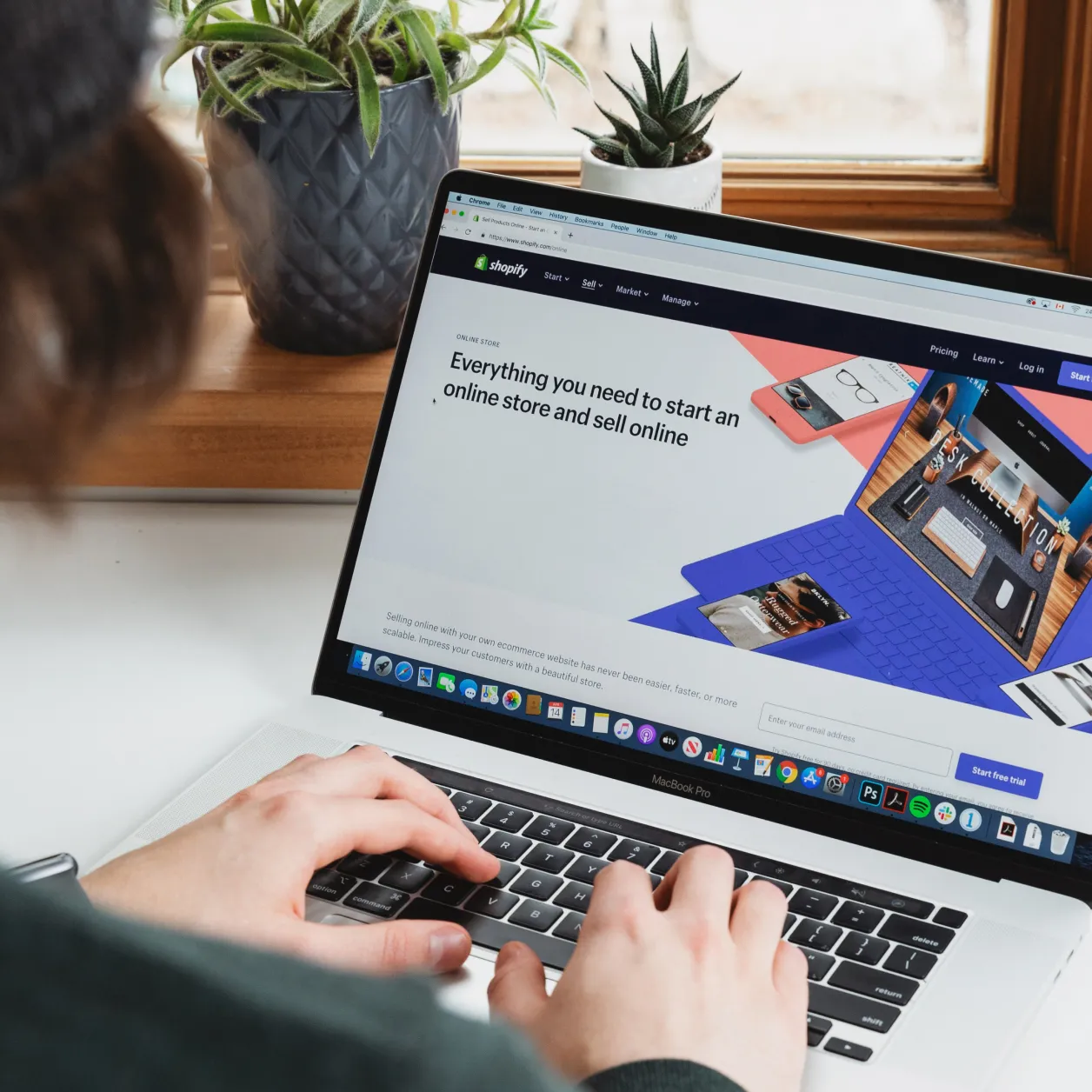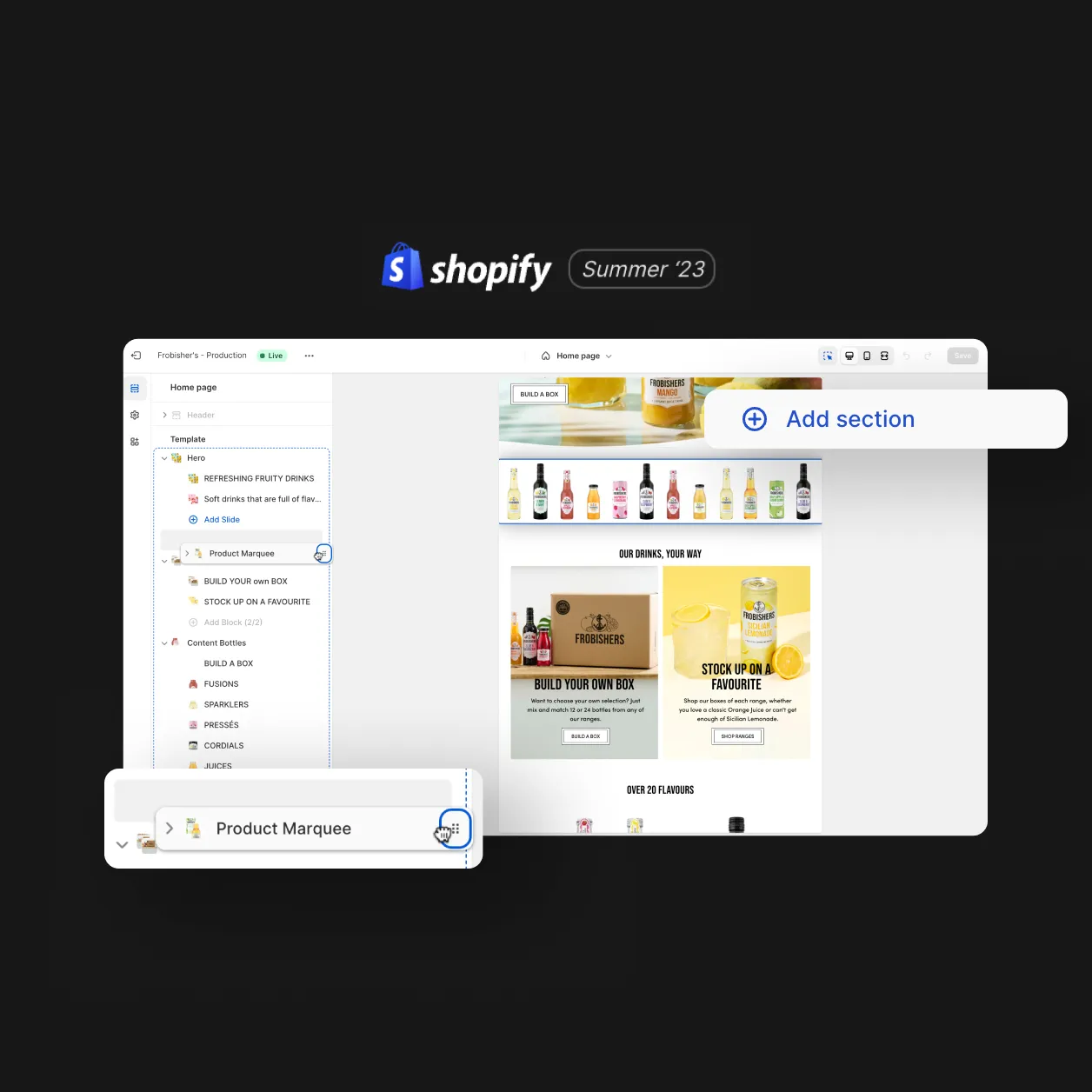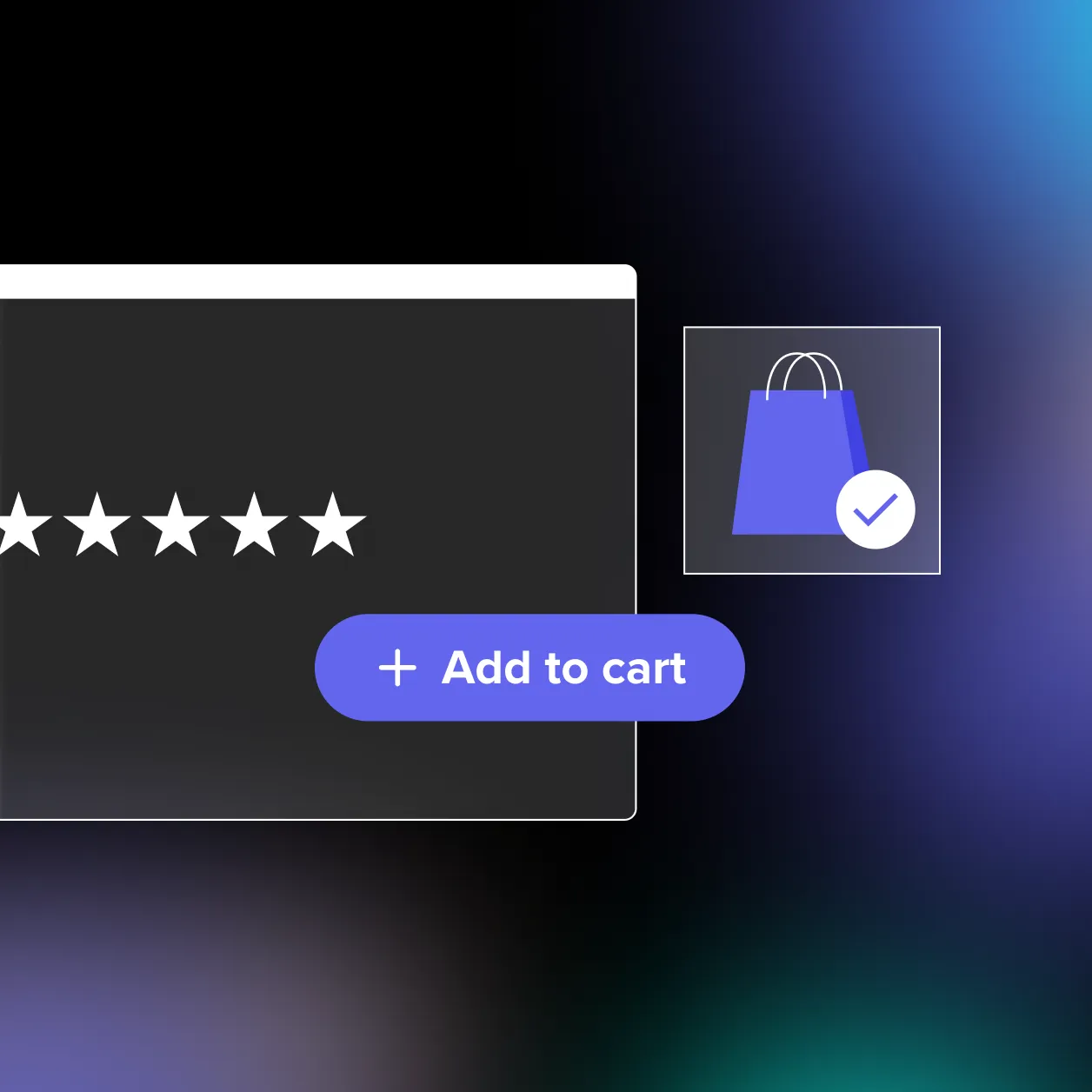
Ecommerce sites in the UK have one of the strongest “add to cart” rates in the world. On top of this, they also have one of the lowest “cart abandonment rates”. And yet, the rate at which users are leaving their items here and not continuing to purchase is still between 70 and 80%.


Worldwide, DTC brands are experiencing record traffic to their online stores, but at the same time these cart abandonment rates are preventing many from being as successful as their founders had hoped. However, there are patterns to this surge. With some considered design, it is possible to bring them down, and increase that all-important conversion rate.
Let’s take a look at some strategies your brand could implement to ensure your site’s shopping flow is as effective as possible.
Is the price right?
Shopping behaviour is generally driven by price. However, there are tactics brands can deploy to reduce price-driven barriers.
A thoughtfully strategised marketing campaign will expose your products to users who are in the key purchasing demographic. This will reduce the volume of irrelevant traffic landing on your website and adding products to cart with very low intention of buying.
In addition, offering incentives at timely opportunities can encourage those users who are close to buying, but need a nudge to get them over the line. This is most commonly done through value exchanges such as a “10% off your first purchase” discount code with a newsletter signup on their first visit to the site.
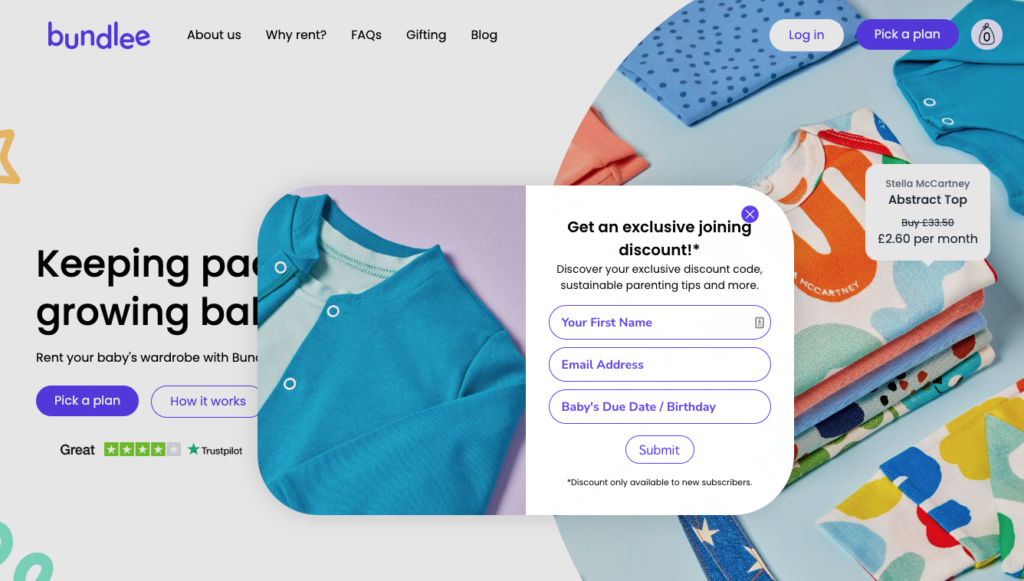
How many of your users are simply browsing?
Some users will land on your site with high commercial intent, and with every chance of buying on their first visit. However, others may arrive with lower commercial intent, simply to gather information about your brand or products as they compare you with your competitors. Those users with lower commercial intent could be using your cart as a way of saving a range of products as they gather the information they need, but with no intention of buying all or any of them. This will therefore negatively impact your cart abandonment rate.
Creating a “Wish List” function for users to save and compare products will help reduce the need for users to use the basket for this purpose. Once they’re happy with their decision, they can add to cart directly from the wish list and move to purchase. This will ensure the cart is kept for users with high shopping intent, and any data gathered around it is relevant to the cart performance, not user browsing behaviour.
Do users trust your brand?
84% of online shoppers trust reviews as much as personal recommendations, and an average customer is willing to spend 31% more on a brand which has excellent reviews. Therefore, developing user trust in your brand is paramount, helping to drive users through the shopping flow to a conversion.
Whether you’re using review platforms such as TrustPilot, Reviews.io or collating them in-house, positive user experiences of your product should be highly visible throughout all key pages on your site. These can also be combined with more detailed case studies, depending on your proposition.

In addition, trust can also be developed before a user even lands on your site through brand building on social platforms. Strong social proofing through these channels will have a positive impact on cart abandonment rates as users will be less hesitant throughout their shopping journey.
Is the user journey too complex?
By reducing the complexity of the journey on your site, your users will have a more enjoyable user experience, and as a result be more comfortable to convert their add to carts into transactions. Conversely, a shopping journey which is one or two steps too long will increase frustrations and give users more opportunities to drop off. By replacing cart pages with “Fly-out” equivalents, or including “Quick add” options to product cards you can streamline the journey through to conversion.
Additionally, 24% of users in 2022 cited the need to create an account as the reason they abandoned their cart. By removing this often complex step in the journey, and giving users the option to checkout as a guest, your cart abandonment rate should see an improvement. Of course, there are subscription brands which require a sign-up prior to purchase, and in these instances it is vital the account set-up process is streamlined, follows a logical flow forwards, and that every other element of the shopping journey is optimised for success.
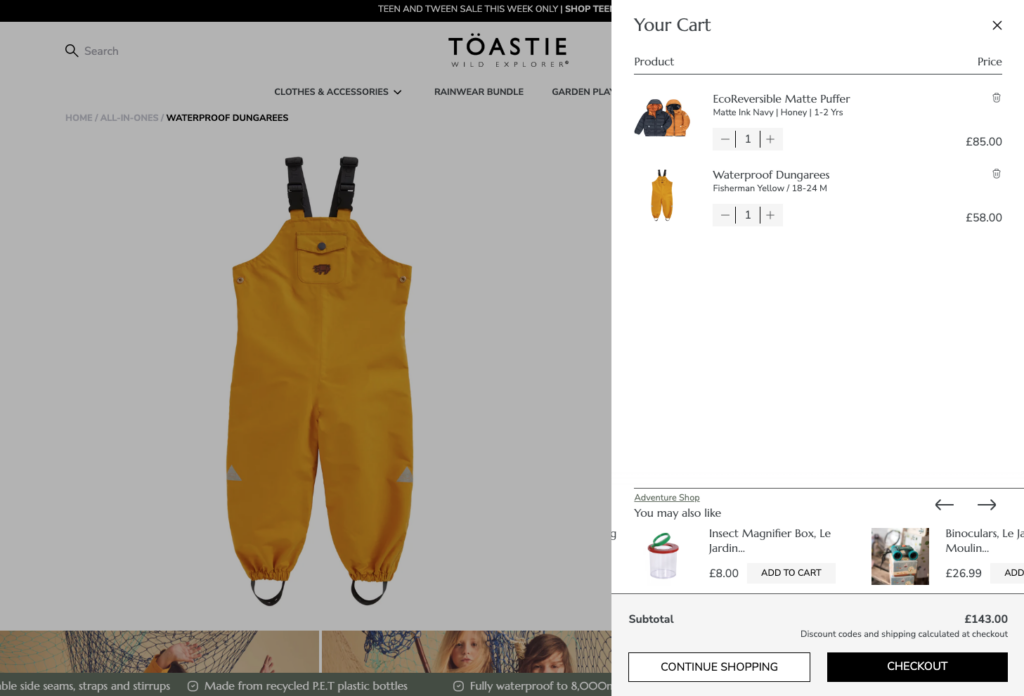
How transparent are your shipping costs?
The same study that highlighted how impactful account creation can be on cart abandonments also highlights that the most popular reason for dropping off the journey here is due to unexpectedly high costs, such as shipping. 48% of users stated that a lack of transparency in additional costs caused them to leave their carts without purchasing, but this can be mitigated against by ensuring that estimated delivery fees, or taxes, are communicated clearly on the product pages or through scrolling banners at the top of the page.
Are there a lack of payment options?
As demand for online shopping continues to grow, so does the increase in use of third-party applications for checking out, such as Google and Apple Pay. By using platforms such as these to checkout, users are able to pre-populate their details, and the process has been reduced from minutes into seconds.
By ensuring to include as many options as possible in this part of the shopping journey, brands should be able to ensure that users are leaving less in their cart and transferring as quickly as possible to checking out.
Bugs in the system?
Keeping a constant eye on how your site is performing is a great way to ensure your users aren’t abandoning their carts due to technical issues with the site. This could be something as simple as a broken link on a button, or where a chatbot sits on top of a key call to action, but if you regularly check in on your key pages’ performance you can pick up on and rectify these small issues quickly.
Finally, every one of our DTC clients have users who prefer to shop on mobile over desktop. So on top of checking there are no bugs in the system preventing users from checking out, it’s crucial to ensure your site performs just as well on mobile as it does on desktop. Space on a mobile viewport is always at a premium, but considered design in this area will give users the space they need to review your products simply, and checkout intuitively.
If you’re noticing that your cart abandonment rate is climbing, but you’re not sure why, give us a call. Our UX/UI and CRO specialists can help identify where the problems may lie, and ensure as many users as possible are converting those add to carts into transactions.
Design
Inspiring behaviour change through visual experiences. Our digital design services ensure instant clarity and visuals that cut-through in a cluttered market.


